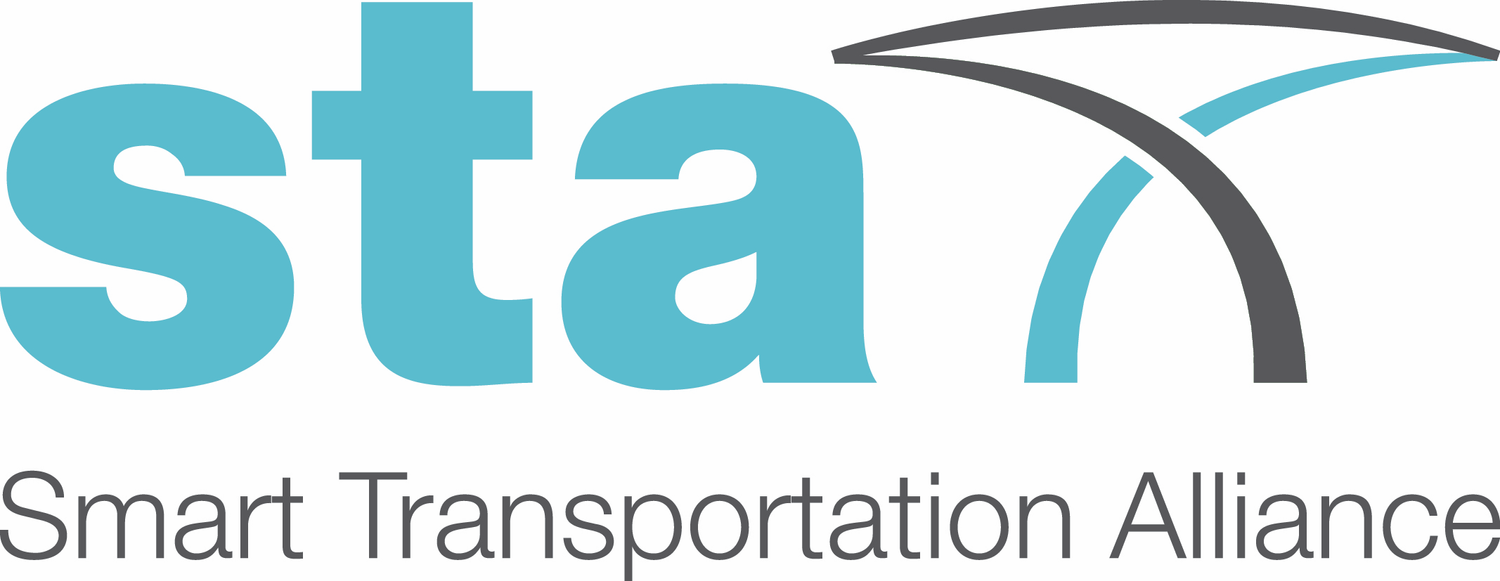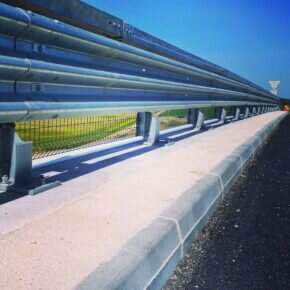STA Newsletter
Issue # July - August 2020
A bi-monthly online journal providing news and background about activities undertaken by STA with a view to improving the methods, technologies and standards associated to transportation infrastructures.
The 5th edition of the STA Annual Conference & Innovation Awards will be held online on Tuesday 24 November 2020
Since the COVID-19 crisis is still impacting our daily lives, STA has resolved to hold its 2020 STA Annual Conference & Innovation Awards via online streaming next Tuesday 24 November. This year’s edition theme will be: A new era in Transportation Infrastructures: Lessons learned from the COVID-19 crisis.
The following topics will be reviewed:
A STA-driven expert perception survey on the attributes of the Smart Transportation Infrastructures of the Future.
A roadmap of research and innovation priorities: Exploring the STRIA exercise.
Infrastructure innovation and the new EU Research Programme Horizon Europe.
Case studies from the STA community (papers, research projects), including the final outcome of the SMARTI-ETN Training Network.
The final Conference programme will be released shortly. For now, you can book your agenda for this unique opportunity to learn, reflect and engage with decision-makers and practitioners leading and supporting the improvement of methods, technologies and standards associated to transportation infrastructures.
2020 STA Annual Innovation Awards: nominate your candidate until 16 October 2020
The 2020 STA Annual Conference will be once again coupled with a new edition of the ‘STA Annual Innovation Awards’. The Call for Entries for the “Person of the Year” and “Best Innovation Solution/Project” categories are now open and will close on 16 October 2020.
The ‘STA Annual Innovation Awards’ honour global innovators that have decisively contributed to deploying Smart Transportation Infrastructures (“Person of the Year” Category) and to improving the methods, technologies and standards associated to transportation infrastructures (“Best Innovation Solution/Project” Category).
STA’s Technical Sub-Committee on Road Restraint Systems meets on 27 July and 1 September 2020
The STA Technical Sub-Committee on Road Restraints Systems (RRS) met both on 27 July and 1 September 2020 to review the joint actions undertaken during the previous months.
Ground-breaking results emerging from the Sub-Committee’s work will be made available to the public by the end of Q4 2020.
STA partners with the Smart City Expo World Congress (SCEWC)
STA will collaborate with the Smart City Expo World Congress (SCEWC) 2020 edition, which has become an online event due to the pandemic situation. The event has been re-labelled as ‘Smart City Live 2020’ and will be held on 17 – 18 November 2020.
Smart City Live aims to become a meeting place…
“
Pursuing the ‘power of one per cent’ can make a dramatic impact, as each percentage point of operations and maintenance optimisation yields more than financial and economic rewards; it will provide social and environmental benefits.”
NEWS OF INTEREST
COVID-19 Trends Impacting the Future of Transportation Planning and Research
TRB Executive Director Neil Pedersen recently shared insights on how the transportation industry has been impacted by and will continue to be shaped by the coronavirus disease (COVID-19) global pandemic. He presented Thursday, August 13 at the closing plenary session of the Institute of Transportation Engineers (ITE) virtual annual meeting. Pedersen shared a number of statistics on how different modes are performing in comparison to last year and then honed in on some of the behavioral changes that will determine what happens with transportation in the future.
UK: The cost of safety
In the event of a vehicle collision, passive safety would have to be part of the design process for the concern that the pole would break or pop out and hit oncoming traffic. Thought would have to be given as to how to ensure that it would be designed to prevent the pole from being uprooted from its location, or if, in the event it was uprooted, that it would not lead to serious damage.
These design considerations might involve deeper screw-ins or plates to spread the load-bearing. It would also consider the materials used. For a simple pole, this could involve stronger alloys to prevent breakage of fixings, stronger fixative or grout to keep the products in the ground. In the field of traffic products, where most products are traffic ‘safety’ products, those that do not meet the required specifications are in effect traffic hazards or worse.
US: First-of-its-kind CAV corridor to be developed in Michigan
A vision for a corridor with lanes that are purpose-built to accelerate and enhance the full potential of CAVs (connected and automated vehicles) has been unveiled, connecting Detroit and Ann Arbor along with key communities and destinations along Michigan Avenue and Interstate 94 in Wayne County and Washtenaw County, Michigan. The innovative infrastructure solution will allow for a mix of connected and autonomous vehicles, traditional transit vehicles, shared mobility, and freight and personal vehicles.







